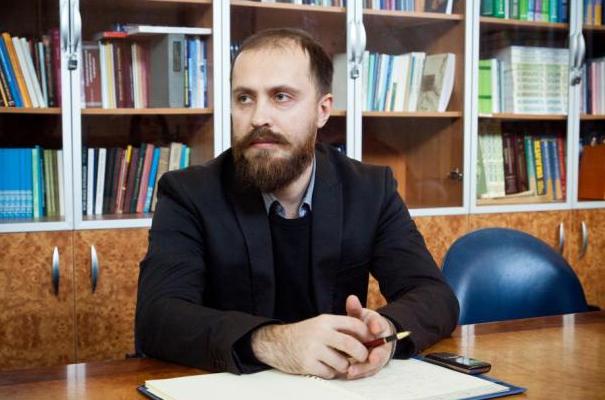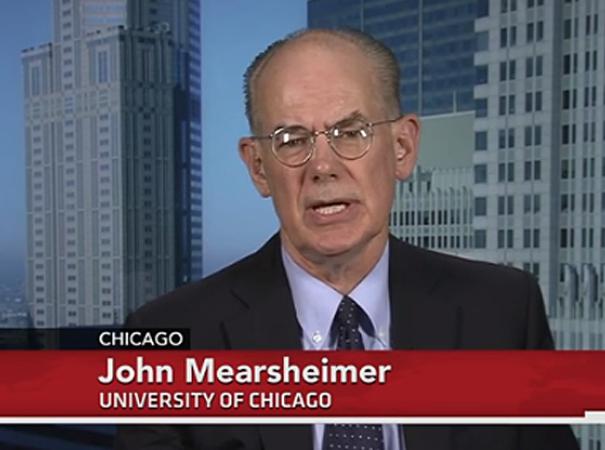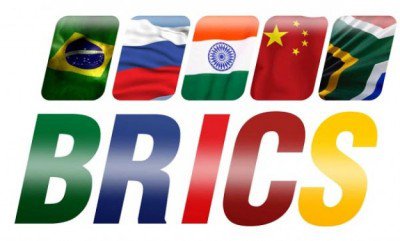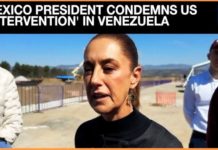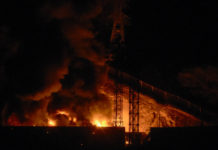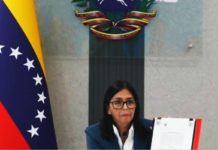Speech of Prof. Dr. Zahari Zahariev,
President of the Slaviani Foundation, Bulgaria at the First Silk Road Dialogue and the 2016 Annual Conference of Silk Road Think Tank Association
А major characteristic of the so called “Chinese road to socialism”, is that by the end of the 20th century its notional basis was shaped by the concept of the civilizational character of the transition in terms of the “fourth industrial coup “. This approach allowed the CCP leadership, without breaching the main postulates of socialist theory,to free itself from the burden of dogmatism and political scholasticism, which were blocking development. The principle that “new civilization realities require new managerial decisions” manifested itself as a key to understanding all aspects of the general development of PR of China over the past 30 years. It allowed the CCP leadership , without betraying the socialist character of the country, to successfully approach the most urgent challenges of the global problems of our present day.
A specific aspect of this antidogmatic, socialist in its ideologically political approach to the new realities of civilizational transition, is the view that “global problems require global solutions.” This, however, automatically brings the search for the successful development of adequate managerial approaches away from the spheres of traditional domestic policy, directing them to the field of geopolitical relationships. Hence the objective nature of the widening international commitments of the PRC. This is interconnected with the increasingly powerful presence of the “Chinese factor” in world politics.
A specific manifestation of this complex interdependence is the initiative of the Chairman of the PRC from the autumn of 2013 “One belt, one road”. The document on this project, prepared by the The National Development and Reform Commission of the People’s Republic of China, identifies five principles for its implementation:
- Assistance for the development of transport and other basic infrastructure;
- Overcoming customs and other non-tariff barriers hindering trade relations;
- Development of a comprehensive system of agreements on free trade zone;
- Affirming the national currency in commercial accounts;
- Strengthening and development of humanitarian relations
In their complexity, these principles provide also a real and mutually beneficial basis for the creation of an area of peace and security on the territory of Eurasia. They establish conditions for reciprocally advantageous cooperation between the existing integration unions. An indivisible part of the effort to achieve this is the Chinese project “9 +1″ for the development of relations between the PRC and Eastern Europe.
The project ” One belt, one road ” goes far beyond the scale of regional and transcontinental economic cooperation. It would be biased to evaluate this initiative just as a new integration application, designed only to extend and further develop existing large-scale projects such as the Shanghai Cooperation Organisation. With good reason we can agree with the view of the most respected political analysts, that we have before us “the largest and unique, complex geopolitical project in recent history whose dimensions can change the picture of the 21st century.” In this case we are talking about an initiative that combines integrated solutions to the most topical issues, concerning both international economic and financial relations, as well as the new geopolitical map of Eurasia and the world.
Seen globally, the project ” One belt, one road ” does not contravene the aims of any of the already established organizations. All the more that they, as a rule, are interlinked and mutually complemented. On the contrary, its purpose is to find a new integrative index between them, in order to counter the dominant hitherto process of geopolitical fragmentation. From this perspective, the implementation of the project will not only contribute to the formation of the still absent global security system, but could also have a healing effect on the existing military conflicts and areas of high military-political tension.
Crucial in this regard is the ” One belt, one road ” for Russian-Chinese relations. Russia declared already that it does not perceive it as a challenge but rather as an opportunity for an even more extensive development of relations between the two countries and of the integration efforts through the Eurasian Union. That by itself outlines additional new horizons for the geostrategic axis “Moscow – Beijing”, enhanced nonlineary and multilaterally, lacking limitations, prejudicial to one or the other side. Moreover, this project provides additional opportunities for rationalization of their relations in the context of civilizational change and global development. It creates additional prerequisites for their conversion from a potential into an actively operating factor for overall transformation of the present situation in the direction of stability, peace and guaranteed security.
A particular attention in elucidating of this initiative should be paid to the problems of ethno-cultural diversity, of the information society, and thus of the demand for new development paradigms. Therefore, the initiative “One belt, one road”, while based on the traditions of the “Silk Road”, which determined the civilizational development, is inherently a complex ideological and political iniciative of the PRC to effectively adapt to the new civilization realities of the 21st century. From this perspective, it is also an alternative response of Beijing to US efforts, through projects such as TTIP and TPP to redraw the geopolitical and geo-economic map of the world in the spirit of Pax Americana.
It is interesting to make a comparison between the Chinese project and the US global projects – Transatlantic Trade and Investment Partnership (TTIP) and Trans-Pacific Partnership (TPP). Both American projects actually place the transnational corporations in commanding positions against the nation states. It is no coincidence that global business is lobbying so hard for these agreements. Essentially, by reinforcing their positions, the transnational forces are preparing a new attack on small and medium business, which underlies not only the functioning of the integrated market economy, but also of the welfare state.
Through this project, essentially, Washington is taking a new step, aimed not only at preserving the current explosive “status quo” but also at building new division lines to the detriment of peace and democracy. The policy which it follows proves once again that the current era is not a post-communist one , but is definitely postdemocratic, that the implementation of this globalization scenario apart from serving the transnational monopolies, validates also an invisible supranational power contrary to the interests of the nation state. All this creates an uncontrollable environment, “antihistoricism” of actions alien to the objective course of civilizational development.

